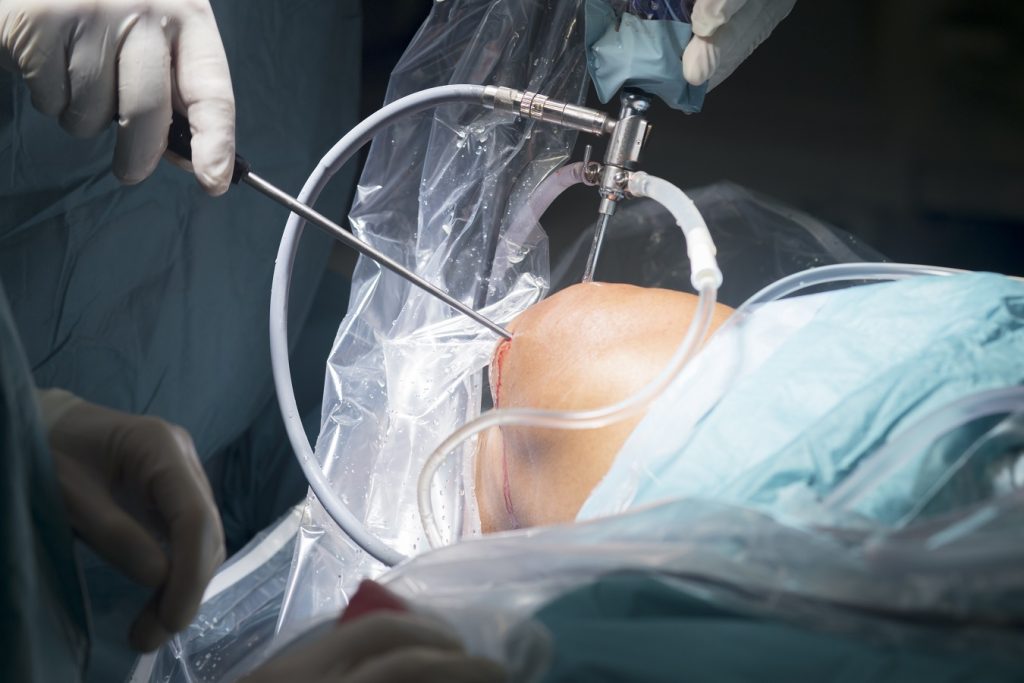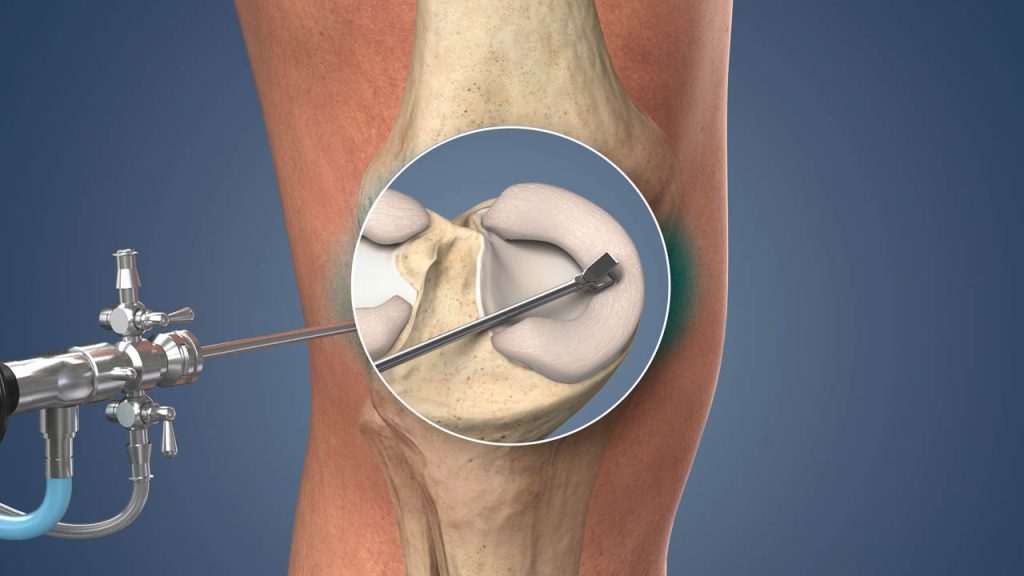Effective Treatments for Ligament Injuries
Effective Treatments for Ligament Injuries are crucial for athletes and anyone facing ligament damage. Understanding the treatment methods and recovery strategies can help you make informed decisions about your health. What are Ligament Injuries? Ligament injuries occur when the tough bands of tissue that connect bones to one another are stretched or torn. These injuries are common in joints such as the knee, ankle, and wrist. Importance of Treating Ligament Injuries Proper treatment of ligament injuries is crucial to restoring joint stability and function. Untreated ligament injuries can lead to chronic pain and instability. For more information, check out conditions treated by orthopedic surgeons. Types of Ligament Injuries There are several types of ligament injuries, including: Sprains Sprains occur when a ligament is stretched or torn. They are graded based on severity: Tears Ligament tears can be partial or complete and often require surgical intervention to repair. Effective Treatment Methods for Ligament Injuries Treating ligament injuries involves both non-surgical and surgical options. Dr. Vatsal Khetan’s expertise in treating ligament injuries can guide you through the following treatments: Non-Surgical Treatments Surgical Treatments Recovery and Rehabilitation Recovery from ligament injuries varies based on the severity of the injury and the type of treatment. Here’s a general timeline: Physical therapy is essential to restore strength and mobility. Dr. Vatsal Khetan’s guidance on sports medicine can help you navigate the recovery process. Long-Term Outcomes With appropriate treatment and rehabilitation, most patients can achieve significant improvement in joint function and pain relief. For tips on managing chronic pain, explore advanced chronic knee pain management. Connect with Us Follow us on social media for the latest updates: Contact Information Name: Dr. Vatsal Khetan Address: SK Pandey Complex, Betiahata Rd, beside Union Bank, Betiahata, Gorakhpur, Uttar Pradesh 273001 Phone: +91-9662 365 917
Effective Treatments for Ligament Injuries Read More »



